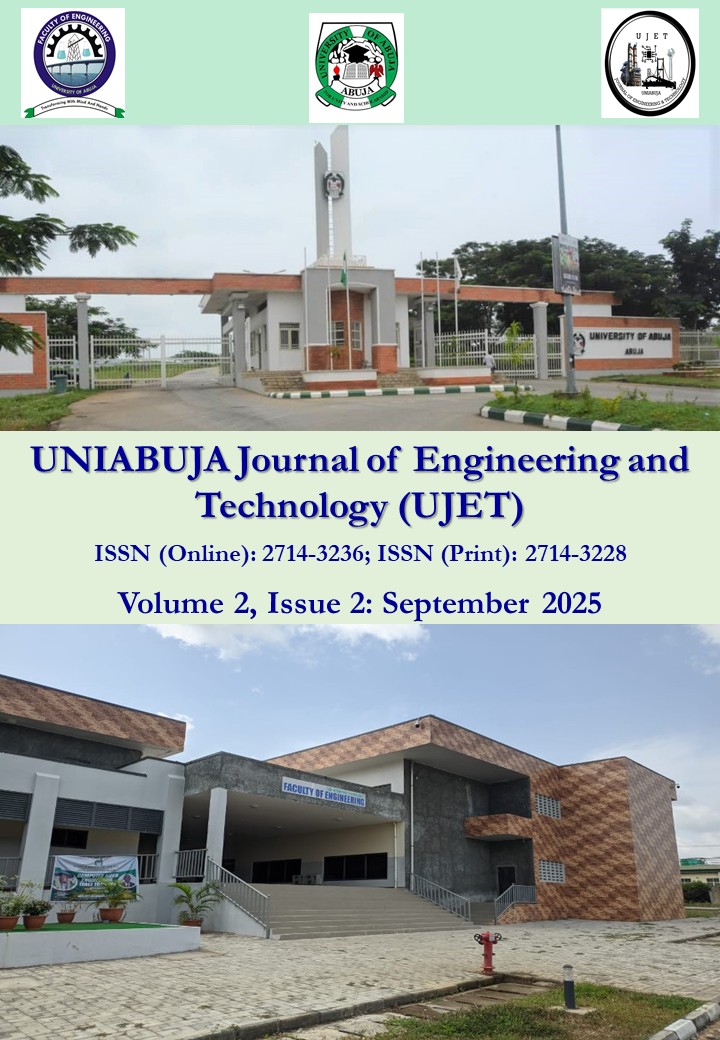Development of Hybrid FPV-Hydro Energy Resources in Africa: A Review
Keywords:
Floating photovoltaic (FPV), hydro energy, hybrid floating photovoltaic (FPV)-hydro energy systems, energy access and reliabilityAbstract
The development of hybrid floating photovoltaic (FPV) and hydro energy resources present a promising avenue for addressing the energy needs and promoting sustainable development in Africa. This paper examines the potential challenges and implications of deploying hybrid FPV- Hydro systems across the continent. A structured review of high impact journal articles, technical reports and global case studies was conducted to reassess feasibility, benefits and constraints of renewable energy potentials and projects in the African continent. Africa holds over 40% of the world solar energy potentials and vast untapped hydro resources yet contribute less than 2% to global solar power output. The continent has the lowest rate of electricity access at 54%, globally, with Sub-Saharan Africa having an even lower rate of 47.7%, while the population continues to grow at the very high rate 2.7% annually. Hybrid FPV-Hydro systems offer significant advantages including reduced solar energy intermittency, minimized reservoir evaporation and improved generation efficiency. Case studies from selected countries demonstrate technical feasibility and socio-economic benefits such as enhanced energy access, job creation and better grid stability. Despite these benefits, key challenges persist ranging from financing constraints, regulatory gaps, and limited technical expertise. Overcoming these barriers requires coordinated policy support, investment in local capacity and inclusive community engagement. This study concludes that hybrid FPV- Hydro systems are practical solutions for Africa’s energy transition. Their deployment can enhance electricity access, strengthen climate resilience and support long term development goals. Collaborative action among government, private investors, and development partners is essential to fully realize the potential of this integrated renewable energy solution.
Downloads
Published
How to Cite
Issue
Section
License
Copyright (c) 2025 UNIABUJA Journal of Engineering and Technology (UJET)

This work is licensed under a Creative Commons Attribution-NonCommercial-ShareAlike 4.0 International License.
